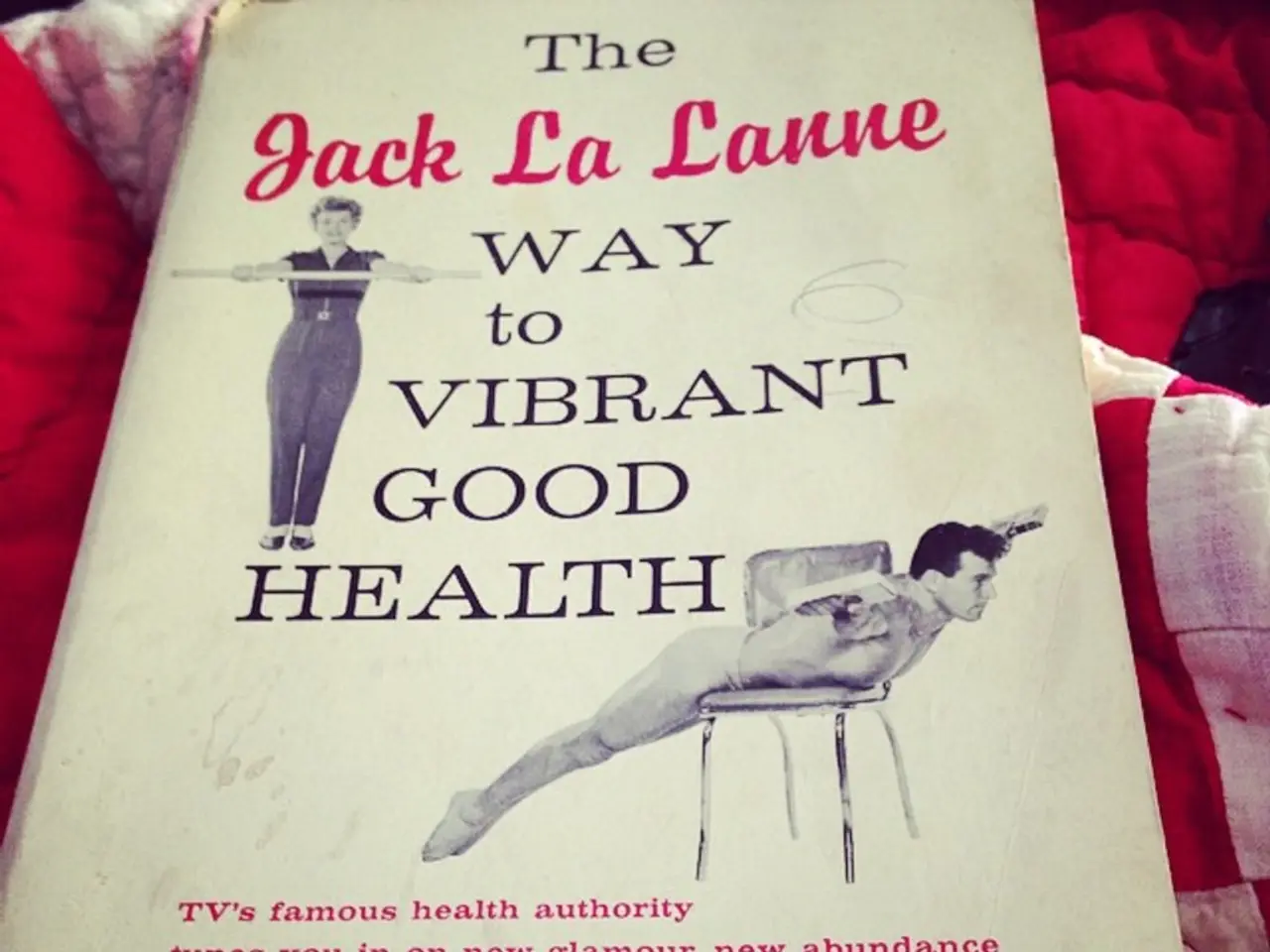Explored Inquisitions with Bedding Specialists Concerning the Most Frequently Queried Aspects on 'Thread Count' - Unveiling Crucial Facts to Consider Before Acquiring Fresh Linens
In the world of bedding, the significance of thread count is often overemphasised. Thread count refers to the number of threads woven horizontally and vertically into one square inch of fabric, but it's not always a reliable indicator of quality.
Manufacturers sometimes inflate thread count numbers by using multi-ply threads, which can artificially boost the count without improving the sheet's feel or durability. High thread counts beyond about 400 often involve these multi-ply yarns, making sheets feel coarse, dense, and less breathable, possibly causing discomfort and overheating during sleep.
So, what should you consider when choosing the best bed sheets?
1. **Material Quality** The type and quality of the fibres are crucial. Long-staple cotton fibres, such as Egyptian or Pima cotton, create softer, stronger, and more durable sheets compared to shorter fibres.
2. **Weave Type** The weave affects texture and breathability. For example, percale has a tighter, crisper weave, while sateen has a softer, silkier feel.
3. **Optimal Thread Count Range** Experts generally recommend a thread count between 200 and 400 for high-quality, soft, and breathable sheets.
4. **Breathability and Comfort** A lower or moderate thread count often allows for better airflow, leading to cooler and more comfortable sleep compared to very high thread count sheets that can trap heat.
5. **Durability** Sheets made with multi-ply threads tend to be less durable, so single-ply threads made from long-staple cotton are preferable.
In conclusion, while thread count is important, values between 200-400 are ideal for natural cotton sheets. Instead of focusing on the highest number you see on packaging, focus on the quality of the fibres, the weave type, and the authentic thread count (single-ply) to ensure you're getting sheets that are genuinely soft, breathable, durable, and comfortable for better sleep quality.
Natural fibres like linen and long-staple cotton are recommended for bedding due to their breathability, comfort, and durability. A 300 or 400 thread count cotton, materials like linen and bamboo are also good choices for hot sleepers. Percale technique makes bedding feel cool to the touch and gentle on the skin, while sateen provides a softer, silkier feel. For cold sleepers, higher thread count bedding can provide better insulation and heat retention.
- Rustic interior-design trends often incorporate furniture made from reclaimed wood, tiles, and decorative elements from home-and-garden stores, embodying the essence of a timeless lifestyle.
- Artists today create stunning pieces of furniture, merging the traditional with the modern, blending the simplicity of rustic design with the sophistication of contemporary interior-design, catering to a diverse range of lifestyles.
- For those seeking a unique furniture piece that incorporates the natural beauty of tiles, opt for using vintage tile accents on a rustic-style kitchen island or nearby shelving unit, enhancing the trend's continued relevance in the world of interior-design.
- Combining the warmth and authenticity of rustic furniture with the sleekness of a minimalist lifestyle can result in a truly remarkable, personalised home-and-garden space.




